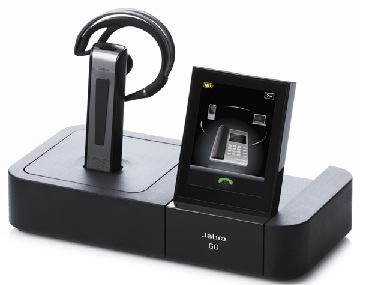Chances are that your main concern when you installed your home wireless connection was to get online as quickly as possible. As easy as that is to understand, it’s quite risky if you gave no thought to your network security. With all its advances in technology, it is still quite complex to configure the security settings on wireless technology. Use the ten tips provided below to improve the security of your home network.
Change Default Passwords:
The access point or router is the main component of Wi-Fi networks. You’ll need to login on the manufacturer’s provided web page in order to configure your account. Change the username and password immediately since these are well known and hackers can use them to access your account.
Turn on WPA / WEP Encryption:
Your equipment will support some form of encryption so intruders won’t gain to access information that you send over the internet. During setup you’ll want to choose the strongest encryption that you can use with all the devices on your network.
Change the Default SSID:
Manufacturers use the same SSID on specific sets of devices. It’s important that you change your SSID from the default because you don’t want to give hackers one less thing to figure out when they’re trying to tap into your network.
Enable MAC Address Filtering:
All Wi-Fi equipment comes with a unique MAC or physical address. You can use this address to tell your network to allow connections to devices with specific MAC addresses. This provides another layer of security, but don’t let your guard down completely because hackers can use programs to fake MAC addresses.
Disable SSID Broadcast:
Your router or wireless access point will usually broadcast the SSID for users to roam. This feature is not necessary for your home network. And since it leaves your network open for someone to log in, you should disable it during setup.
Do Not Auto-Connect to Open Wi-Fi Networks:
Do not connect to open Wi-Fi networks since you might put your computer at risk. Check your computer settings to ensure that it doesn’t connect automatically to open networks.
Assign Static IP Addresses to Devices:
Dynamic IP addresses are popular among home users because they’re super simple to set up. Sadly, hackers take advantage of this small convenience to secure a valid IP from your DHCP pool. Disable DHCP on your router, replace with a static IP range and then configure your other devices to match the static IPs.
Set Up Firewalls:
If you recently purchased a router, it should come with a built in firewall. Make sure that it is enabled and install a firewall on all your computers also.
Locate Your Router In The Right Place:
Make sure that your router or access point is properly located within the home, so your signal is not leaked outdoors. Leakages make it easy for others to detect and exploit your signal. Place the router somewhere in the middle of your home and not near the windows.
Turn Off the Network When Not In Use:
It might not be practical to turn off your devices if you’re gone for a few hours, but if you’re going on vacation or travelling for business, turn off the network. It’s the best way to keep intruders out.



